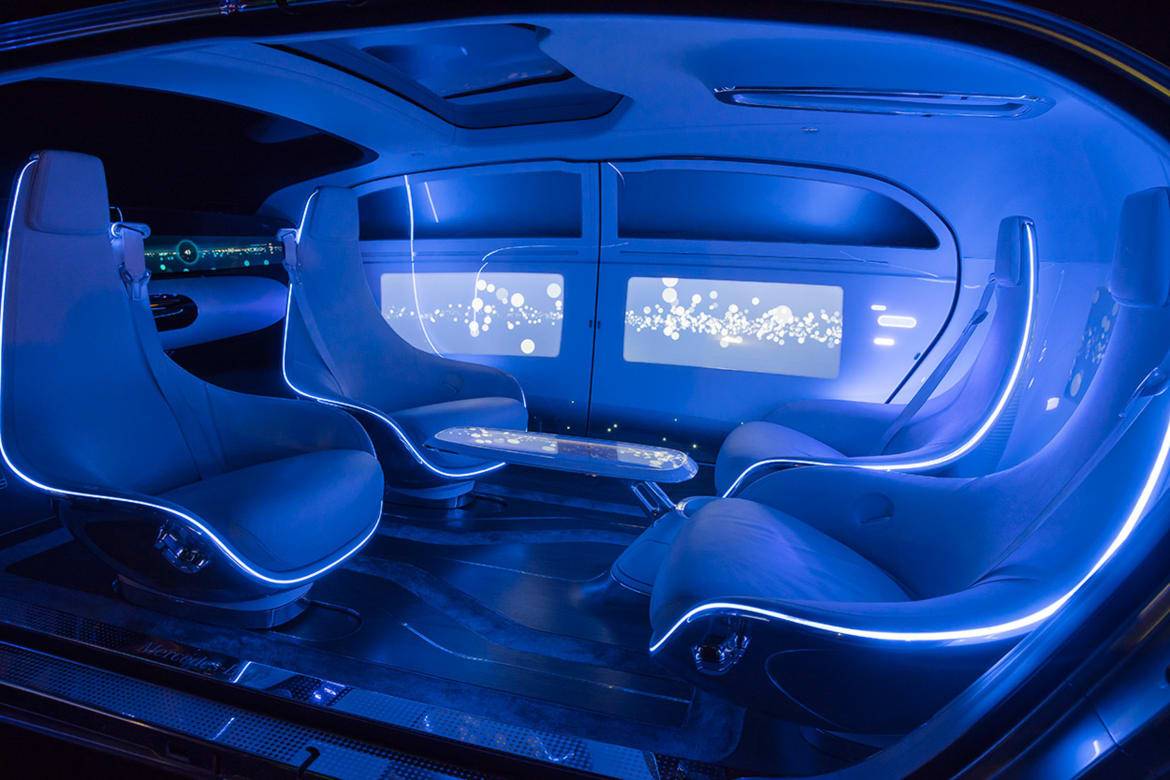How Will You Spend Your Free Time in a Self-Driving Car?


CARS.COM — Leave it to science to get us all excited about being able to binge watch “Stranger Things” or do our taxes while our autonomous car does the driving, and then throw a big ol’ bucket of cold water on the whole thing. According to a new study from the University of Michigan’s Transportation Research Institute, until several public perception and safety issues are resolved, our collective commute could be more boring than ever in the driverless age.
Related: Survey: Motorists Still Not Moved by Self-Driving Cars
The just-released study by UMTRI researchers Michael Sivak and Brandon Schoettle shows that for about 62 percent of Americans, self-driving vehicles are unlikely to be a boon to productivity. That’s because nearly a quarter of respondents would refuse to ride in driverless cars, more than a third would be so scared that they’d keep their eyes trained on the road and 8 percent would frequently suffer from motion sickness associated with autonomous cars.
Beyond people’s self-reported apprehensions, however, are some serious safety issues to be considered. Today’s occupant-restraint and protection systems are designed for optimum performances in a conventional seated, forward-facing position. Meanwhile, designers of the autonomous cars have presented the world with vehicle-occupant arrangement concepts that would be considered traditional in a living room, or even a bedroom — but not in a fast-moving car.
“Not only would many of these nontraditional positions and postures vary considerably from the optimum for which the restraint systems were designed, but some of them also have the potential to be near-worst-case positions or postures,” researchers stated, “with g-forces imparted upon occupants during crashes and abrupt stops in ways that are likely to result in more serious injuries than conventional forward-facing seating.”
Moreover, the implements we commonly use to be “productive,” such as laptop computers, would be unrestrained in the moving vehicle, creating a greater missile hazard in a crash — especially in a newfangled open-seating plan with occupants facing one another. Such objects also would now be dangerously positioned between passengers and their airbags.
The UMTRI report concludes that in order for increased productivity to be part of the self-driving picture, consumer confidence needs to improve, the motion-sickness problem should be addressed and occupant-protection issues resolved.
Assuming all that, Americans on average travel about 10 miles per trip three times a day for 20 minutes each. That translates to an hour a day in improved productivity.
So how would you use that extra time? A UMTRI survey gave an indication of how things might go. Excluding the 23 percent of Americans who say they’ll refuse to ride in an autonomous car, the top time uses*, followed by the percentage reporting so, are:
7. Play games, 2 percent
6. Work, 5 percent
5. Watch movies/TV, 6 percent
4. Sleep, 7 percent
3. Text or talk with friends/family, 10 percent
2. Read, 11 percent
1. “Watch the road even though I would not be driving,” 36 percent
*Other, 1.4 percent

Former Assistant Managing Editor-News Matt Schmitz is a veteran Chicago journalist indulging his curiosity for all things auto while helping to inform car shoppers.
Featured stories

15-Year Car Loans Aren’t a Thing, But Americans Are Getting More Comfortable With Long Loan Terms

2025 Kia Telluride Review: Rougher Roads Ahead



